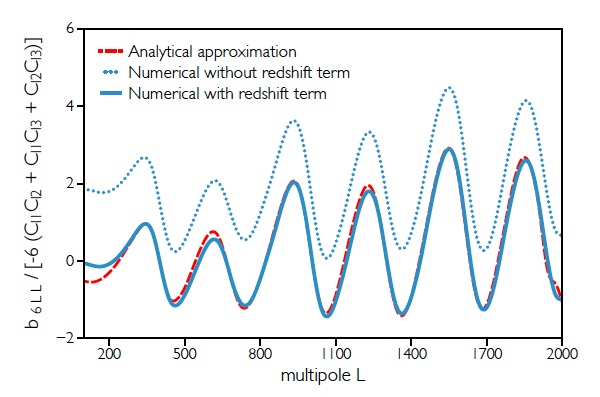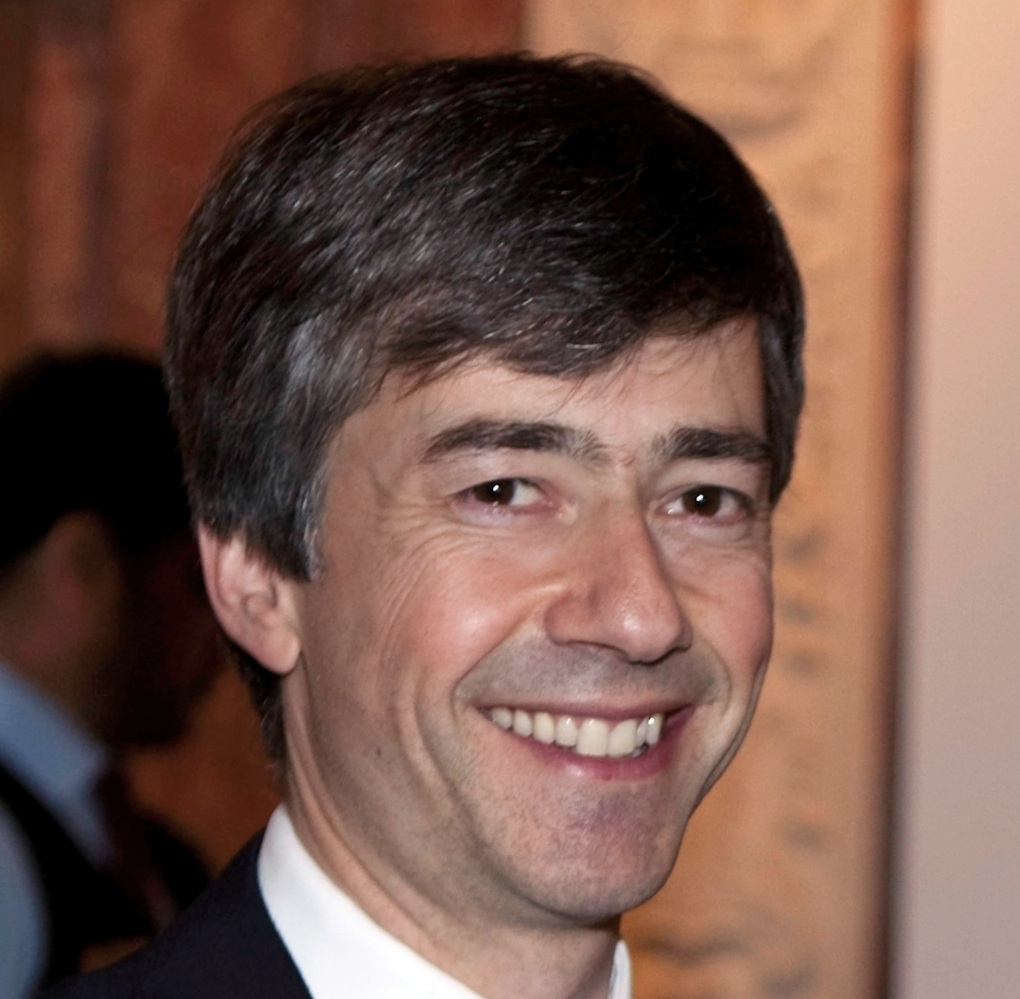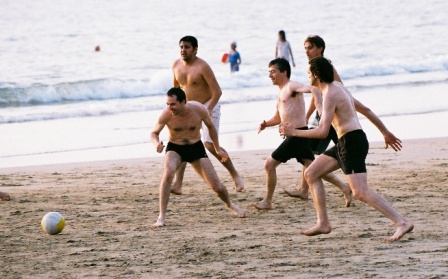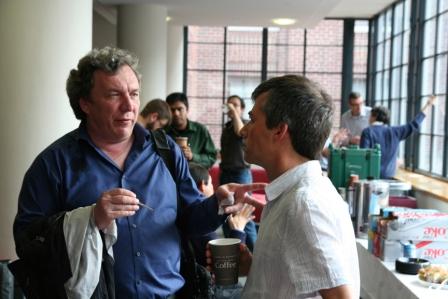My Research
The latest astronomical surveys are mapping the three-dimensional distribution of galaxies and clusters of galaxies on scales never before explored by science. The distribution of matter on such large scales (billions of light-years across) reflects the primordial density field in the very early universe, 14 billion years ago, a fraction of a second after the Big Bang.
Most current models for the origin of our Universe, propose that all the structure we see today resulted from essentially nothing: fluctuations in the vacuum state of quantum fields. Quantum fields possess fluctuations even in empty space and these can be swept up to large, astrophysical scales, by a period of rapid expansion, called "inflation" in the very early universe. Thus the large-scale structure of our Universe can be used to test physics at very high energy, including quantum field theory and general relativity.
Quantum fluctuations of free fields have a particularly simple, Gaussian distribution, leading to a simple primordial state with a symmetry between over-densities and under-densities. Particle interactions, including the essential non-linearity of Einstein's equations of general relativity, lead to slight asymmetries, or non-Gaussianities. Thus asymmetries, or non-Gaussianities, in the primordial density provide a potentially rich source of information about physical interactions in the very early universe.
My work has pioneered the study of primordial non-Gaussianity since I proposed the curvaton scenario for the origin of structure, working with David Lyth in 2001. I was also one of the first people to study non-Gaussianity generated in ekpyrotic and other pre big bang models which have been proposed as an alternative to inflation in the very early universe.
In 2009 I wrote a major review of cosmological perturbations with Karim Malik.
All my research papers are freely available on the arXiv, including those published in refereed journals.
Those are very technical. I gave a recent public talk on Inflation and the Origin of Cosmic Structure, which should be a bit more accessible.
You can see a list of all my recent talks on the ICG web pages here.



